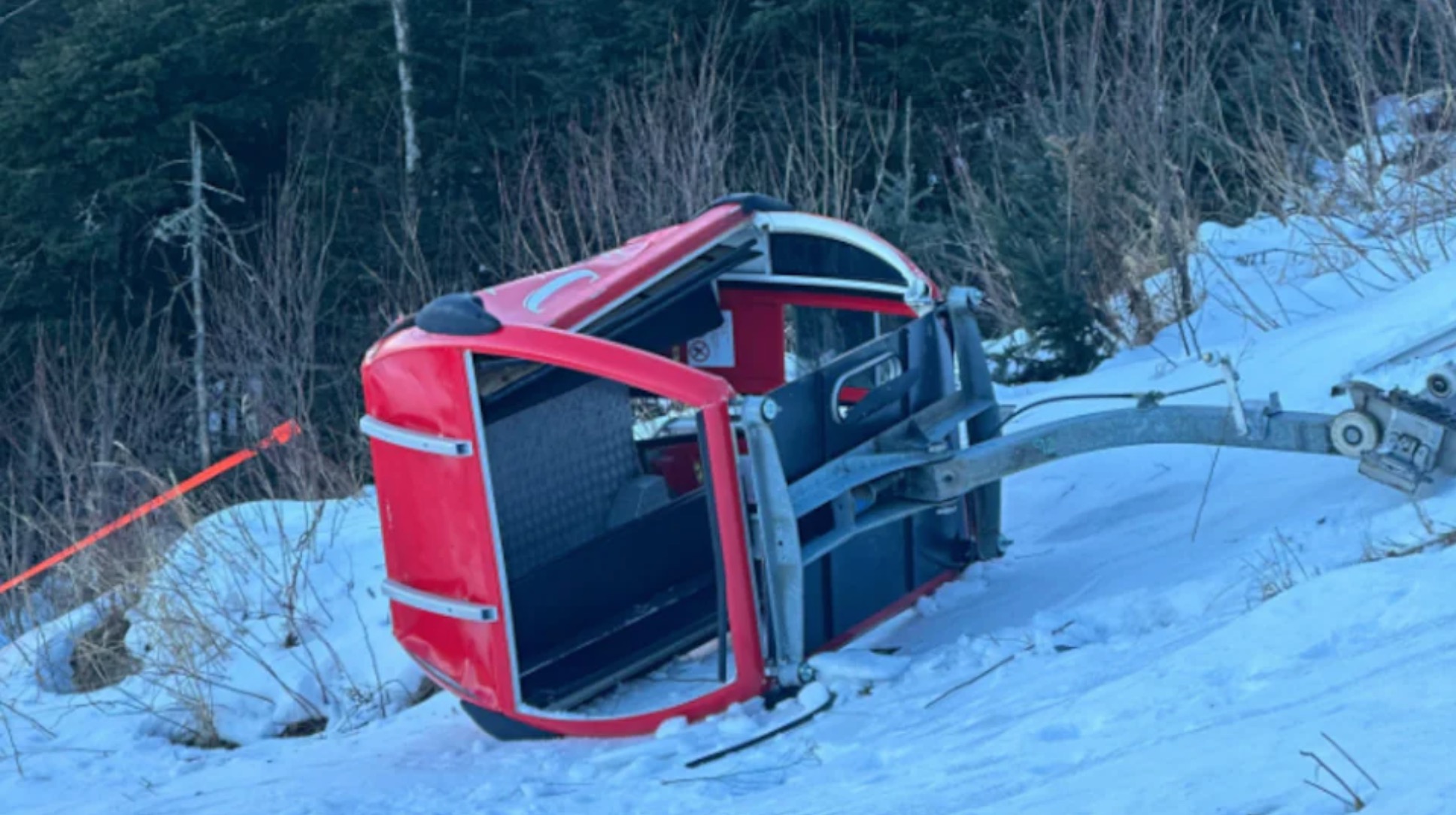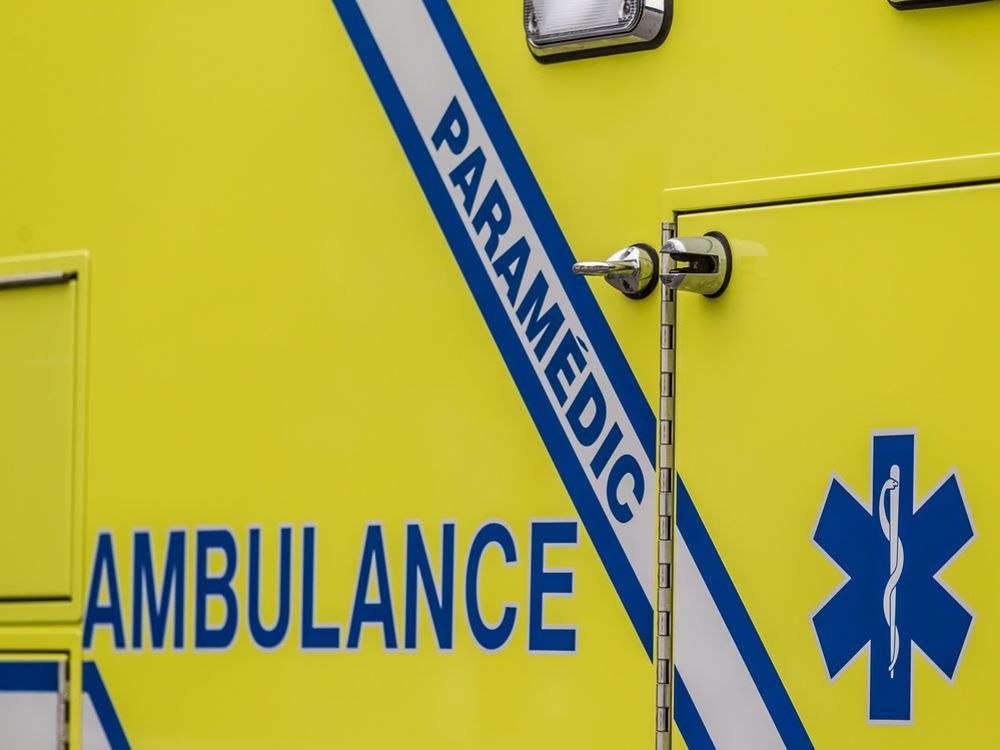Back in 1996, there was tragic event at Whistler which included serious injuries and death. There was government inquiry trying to figure what when wrong. That chairlift never ran again and was replaced by the Creekside gondola.
After the Whistler incident, I believe every Yan Detachable Quad chairlift needed its chair grips replaced eventually bankrupting Yan as a company. Sun Valley said recently that its current goal is to replace every Yan HS Quad in the near term.
From Wikipedia:
Keystone, Colorado, accident (1985)
Potential problems with Yan lifts began to surface as early as 1985, when the upper bullwheel on the Teller lift at Keystone Ski Resort in Colorado disconnected from the main gearbox shaft. The lift was unique in its design as there was no support underneath the bullwheel. Lift Engineering had explained when the lift first opened the year before that a support beam underneath was not necessary. They claimed the pressure of the system along with the welds would keep the bullwheel in place.[11] Faulty welding would be blamed for the accident.[12] Two people were killed and 47 injured.[13] The Teller lift, and its twin lift, Santiago, were two triple chairlifts constructed in 1984 as part of Keystone's North Peak expansion. Teller was rebuilt by Yan and renamed the Ruby lift, free of charge. Santiago was replaced by a Doppelmayr high speed quad in 1998 and relocated to Big Sky, Montana, while Ruby was replaced by a Poma high speed six pack in 2000.[citation needed]
During the late 1980s, the Colorado Passenger Tramway Safety Board began to question the safety of Yan's lifts. They learned that Kunczynski, in his drive to build affordable ski lifts, regularly sent steel parts to be welded together in ski area parking lots.[12] The Board alleged that Kunczynski's lifts were unsafe. The ski industry blasted the Board and continued to install Yan lifts.[citation needed]
Sierra Ski Ranch, (Currently Known As: Sierra-At-Tahoe) California, accident (1993)
On April 4, 1993, a 9-year old boy was killed and another child injured when loose bolts and a subsequent derailment caused two chairs to stack up on Sierra Ski Ranch’s Slingshot lift. The same lift had sent an empty chair to the ground two months prior when a grip failed. Lift Engineering settled a wrongful-death suit after the accident for $1.9 million. Sierra Ski Ranch’s marketing director would later state, “we found they just didn’t withstand the test of time” when the company committed $6 million to replace its three Yan detachables in 1996.[1]
Whistler, British Columbia, accident (1995)
Yan detachable lifts were subject to a series of accidents, most notably the Quicksilver lift at Whistler Mountain in British Columbia, Canada. The Quicksilver accident killed two and injured eight on December 23, 1995.[14] The accident occurred when the emergency stop was used repeatedly. A chair started sliding downhill and struck the next chair which got stuck on a tower. This continued several times before a total of four chairs fell.[15] The main problems with the Yan high-speed lifts were the chair grips.[citation needed] These were designed so that in order to stay connected to the cable, the chair had to be subject to gravity. The Yan grips, unlike most operating today, did not have high-tension coil springs, but rather rubber "marshmallow" springs that exerted much less force on the cable. The repeated emergency brake application was enough to shake the chairs free of the cable. The majority of government safety inspectors failed to detect these problems.[citation needed]
The Quicksilver chairlift, which served the Whistler Creekside base area, was replaced by the Creekside Gondola in 1997, built by Poma.[citation needed]
Aftermath
Following the accident at Whistler, and reports of grip-slipping at a plethora of other mountains, 15 resorts spent millions of dollars either upgrading, or completely replacing their combined 31 detachable quads in the United States and Canada.[1] June Mountain, the only mountain to use Yan's type 7 grips in a funitel was forced to shut down the QMC Funitel leaving sole access to the mountain to the J1 lift (A 1960 Riblet double Chair). Doppelmayr, the company that took majority of the replacement contracts was so stretched in resources that 75% of their replacement grips came from Austria instead of their North American manufacturing plant.
POL-X West developed a new version of the YAN-7 detachable grip, the one that was used on the majority of the high-speed lifts, replacing the marshmallow springs with high-tension springs. The redesign was ordered by a group of British Columbia and Alberta ski resorts that included Silver Star and Lake Louise. This grip also proved unsatisfactory and the lifts were removed from 2002–2004.
Many resorts suffered greatly from the economic burden of having to replace their workhorse lifts, such as Schweitzer which went bankrupt as a result, and Sun Valley who had 7 Yan High Speed Quads. In 2019, the second last Yan high speed quad La Roca, located at Espot Esqui in Spain, suffered a catastrophic failure leading to one of the chairs falling off the line. This chairlift had Type 7 grips and the original terminals with replaced chairs. As a result of this, the lift was shut down. On 6 December 2019, Espot opened their new La Roca high-speed quad, built by Leitner.[5] The last Yan lift remaining is in Iran and uses the POL-X West grips. There are still many fixed grip lifts around the U.S. and Canada that are made by Yan.

 unofficialnetworks.com
unofficialnetworks.com


;Composite=(type=URL,url=https://images.radio-canada.ca/v1/assets/elements/16x9/outdated-content-2020.png),gravity=SouthEast,placement=Over,location=(0,0),scale=1)







